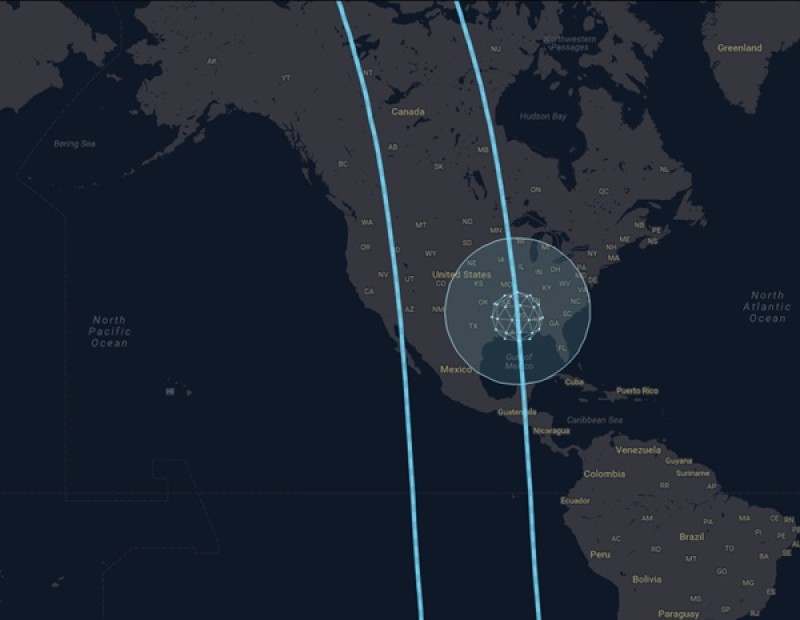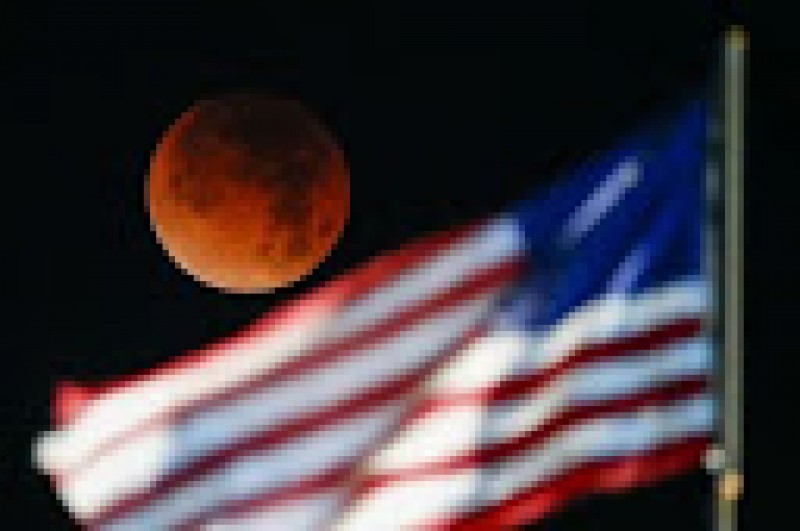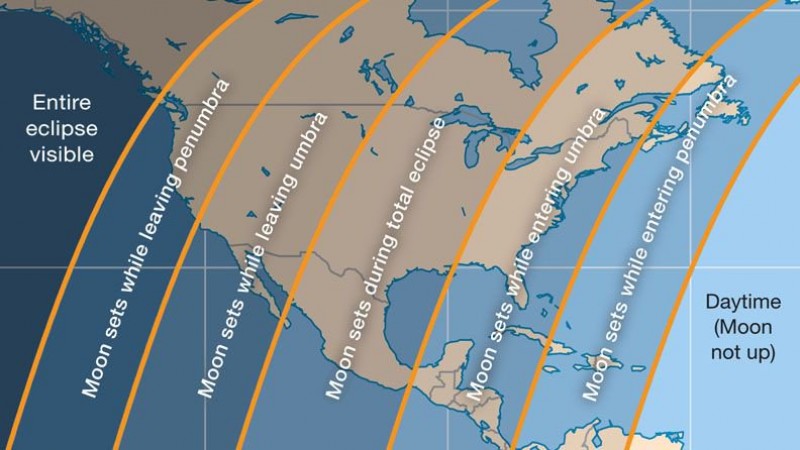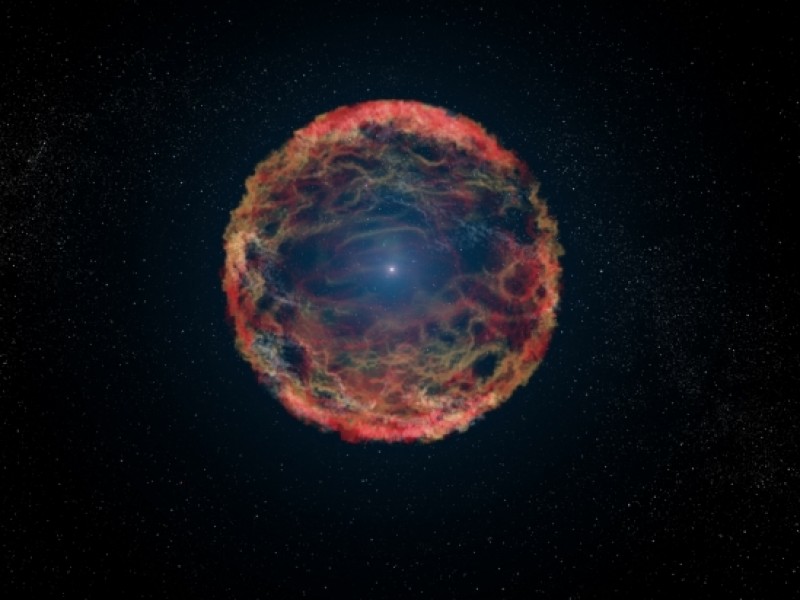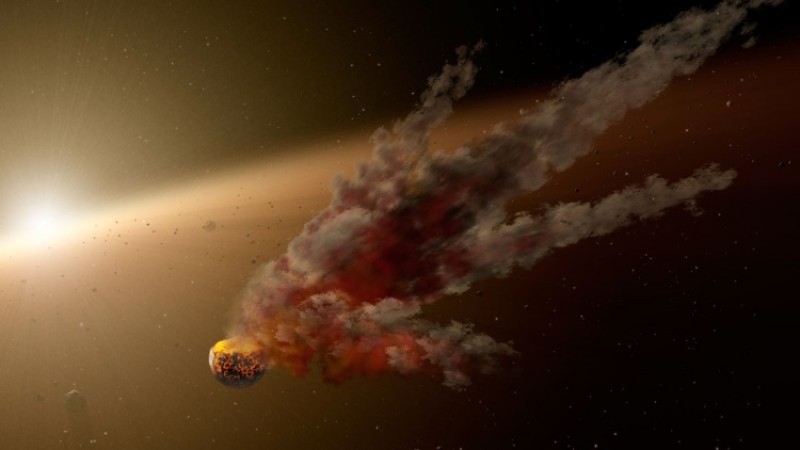Blog
Humanity’s new star
Thursday, February 1st 2018 08:32 PM
You now have nine months to enjoy the recently launched Humanity Star — an artificial satellite designed specifically for maximum visibility from anywhere on the planet over the course of its nine-month orbit. This reflective geodesic sphere was deployed during Rocket Lab’s January 21 Electron rocket launch, which also carried three commercial satellites into space and ushered New Zealand into the growing number of nations capable of reaching Earth orbit. The Humanity Star is a small sphere about 3 feet (1 meter) in diameter. It’s designed to reflect sunlight from its 65 panels, much like the Iridium satellites reflect light from their flat panels (called Iridium flares). But while Iridium flares are unintentional, the Humanity Star’s reflections are meant to act as a sort of interactive space art piece, with the goal of not only encouraging a sense of planetary community, but also instilling a sense of wonder about the night sky.
...
Read More
Read More
Super Blue Blood Moon 2018: Here Are The Best Photos and Videos
Wednesday, January 31st 2018 09:28 PM
Read our wrap story here about the meet-up of a Blue Moon, supermoon and total lunar eclipse. It was the first total lunar eclipse since 2015 and the first Blue Moon Blood Moon visible from the U.S. since 1866! See our video highlight reel above and read for more amazing photos, and details on what made the event so special.
Read More
Read More
Explorer I -- 60 Years Ago Today
Wednesday, January 31st 2018 09:15 PM
(From left) JPL Director William Pickering, James Van Allen (University of Iowa), and Wernher von Braun at a Washington DC news conference holding a model of Explorer 1 after its successful launch. The launch of Explorer 1 marked the beginning of US scientific exploration of space. It led to a series of bold missions that opened our eyes to the many wonders of the solar system. The launching of Explorer 1 was a watershed moment for the nation. (Image Credit: NASA)
The US response to Sputnik was two-fold. The first was to accelerate the Vanguard program, a joint National Academy of Sciences/US Naval Research Laboratory project, which unfortunately resulted in the spectacular and embarrassing launch failure of Vanguard TV3 on December 6, 1957. By that time, the Soviets had already achieved their second success with Sputnik 2, carrying a dog named Layka, the first live animal in space. The second response was to resurrect the Army Ballistic Missile Agency's (ABMA)...
Read More
Read More
What's the US Weather Like for the Super Blue Blood Moon?
Tuesday, January 30th 2018 07:38 PM
A lunar eclipse will come to the skies early tomorrow morning (Jan. 31). So, here's the big question: Will you be able to see it?
About two-thirds of the United States — including the East, South and Southwest — will have generally fair skies on Wednesday morning, allowing for a view of the lunar eclipse as long as the moon is in the sky. Meanwhile, cloud cover — chiefly over the north-central states as well as parts of the Far West — may hide the shady lunar drama.
If the viewing conditions for your location are poor, or if you want to stay warm indoors, you can visit Space.com for live eclipse coverage and a webcast provided by Slooh.com beginning at 5:45 a.m. EST (1045 GMT). Live webcast commentary begins at 7 a.m. EST (1200 GMT). [Super Blue Blood Moon 2018: When, Where and How to See It]
Where fair skies will prevail
The latest weather outlook indicates that a ridge of high pressure extending from Quebec, Cana...
Read More
Read More
EclipseView Series Telescopes
Monday, January 29th 2018 10:27 PM
A B O U T Meade's EclipseView Series are some of the most versatile telescopes available. These telescopes include a BONUS Sun (solar) filter to help you enjoy the sky both DAY & NIGHT! Use the bonus white-light solar filter and sun-finder to observe the Sun during the day, and simply remove the filter and switch out the sun-finder with the included red-dot view finder to enjoy the wonders of the night sky. With both a low and high magnification eyepiece included, you'll get great views of the Sun, Moon, Planets & more with just one telescope.
N I G H T
SHOP ECLIPSEVIEW SERIES
D A Y
Read More
Read More
Disco Ball Orbiting Earth
Friday, January 26th 2018 05:22 PM
From CNN:
The Humanity Star is orbiting Earth for most of 2018.
(CNN)The universe has some added sparkle -- now that a shiny, spherical satellite is traveling around our planet.
The newly launched satellite, dubbed the Humanity Star, resembles a disco ball. Its mission: to serve as a focal point for humanity and reminder about our fragile place in the universe.
"No matter where you are in the world, or what is happening in your life, everyone will be able to see the Humanity Star in the night sky," said Peter Beck, founder of the private company Rocket Lab, in a statement.
Peter Beck, creater of The Humanity Star, poses next to the satellite.
"My hope is that all those looking up at it will look past it to the vast expanse of the universe and think a little differently about their lives, actions and what is important for humanity."
The satellite is made from carbon fiber and has 65 reflective panels that reflect s...
Read More
Read More
The Supernova That Just Won't Die
Thursday, January 25th 2018 07:50 PM
Supernovae, the explosions of stars, have been observed by the thousands and in all cases, the events signal one thing -- the death of a star... Until now. Astrophysicists at UC Santa Barbara (UCSB) and astronomers at Las Cumbres Observatory (LCO) have reported a remarkable exception -- a star that has exploded multiple times over a period of more than 50 years. This new observation is challenging existing theories of how certain stars end their lives."This supernova breaks everything we thought we knew about how they work," said Iair Arcavi, a NASA Einstein postdoctoral fellow in UC Santa Barbara's Department of Physics and at LCO. "It's the biggest puzzle I've encountered in almost a decade of studying stellar explosions."When the star, designated iPTF14hls, was discovered in September 2014 by the Caltech-led Palomar Transient Factory, it looked like an ordinary supernova. But several months later, the scientific team noticed that the supernova, once faded, was growing brig...
Read More
Read More
Super Blue Blood-Moon 2018: When, Where and How to See It This Month
Wednesday, January 24th 2018 07:16 PM
A Blue Moon is when two full moons happen in the same calendar month; lunar eclipses occur when the moon passes into Earth's shadow; and supermoons happen when the moon's perigee — its closest approach to Earth in a single orbit — coincides with a full moon. In this case, the supermoon also happens to be the day of the lunar eclipse.
The first full moon of January occurred on the night of Jan. 1 or the morning of Jan. 2, depending on your location. The second full moon and the lunar eclipse will occur on the night of Jan. 31 or the morning of Feb. 1. And the supermoon will take place on the night of Jan. 30, which is technically one day before the moon reaches peak fullness, but even NASA is willing to call the event a supermoon nonetheless. [How to Photograph the Supermoon: NASA Pro Shares His Tips]
The Best Places to See the Super Blue Blood Moon Eclipse of Jan. 31
Get Ready for the 'Super Blue Blood...
Read More
Read More
New French Telescope Trio Will Scan the Sky for Earth-Like Planets
Wednesday, January 24th 2018 06:45 PM
Three new telescopes at the La Silla Observatory in northern Chile successfully peered into the night sky for the first time, providing scientists with a new tool to search for light signals from distant worlds.
The French-led ExTrA (Exoplanets in Transits and their Atmospheres) project will help scientists look for moments when the light coming off small "red dwarf" stars is subtly dimmed due to planets passing in front of them (as seen from Earth), according to a statement from the European Southern Observatory (ESO), which manages the La Silla Observatory. [The European Southern Observatory's Greatest Observatories]
The ExTrA telescopes at ESO's La Silla Observatory in Chile will be used to locate and analyze Earth-size planets orbiting nearby red dwarf stars. ExTrA's new design allows for greater sensitivity compared to previous searches. In this nighttime image, the ExTrA three domes are seen under a beautiful sky featuring the constellation Orion (the Hunter) and...
Read More
Read More
"Stay Thirsty, My Friends" -- Meet the Most Interesting Star in the Universe
Monday, January 22nd 2018 08:20 PM
Artist's impression of Tabby's Star in a more imaginative time. The sporadic, random, and inexplicable dimming and brightening of the star has led to several theories, including one that purported an alien mega-structure was orbiting the star. (Image Credit: NASA, JPL-Caltech)
A team of more than 100 researchers, led by LSU Department of Physics and Astronomy Assistant Professor Tabetha Boyajian, is one step closer to solving the mystery behind "the most interesting star in the universe." At first blush, KIC 8462852 (or Tabby's Star, nicknamed after Tabby Boyajian) is an average star. It is about 50 percent bigger and 1000 degrees hotter than the Sun. It is more than 1000 light years away. However, the sporadic, random, and inexplicable dimming and brightening of the star has led to several theories, including one that purports an alien mega-structure is orbiting the star. Could this really be? Nah... It turns out that the most interesting star in the Universe i...
Read More
Read More
